JOINT BASE LEWIS-MCCHORD, Wash., March 31, 2011 -- It's always satisfying to know that you're one of the best. Getting a cool new badge doesn't hurt, either.
Joint Base Lewis-McChord's most recent graduates of Army Pathfinder School know about both. After a three-week course run by a Mobile Training Team, or MTT, from Fort Benning, Ga., 29 out of 80 JBLM Soldiers who began the training can now call themselves Pathfinders.
"It's an academically tough, mentally draining course, but it's essential," said Capt. Preston Aaron, commander of C Company, 38th Long Range Surveillance.
U.S. Army Pathfinders have been used since World War II to establish and operate landing and drop zones. They were the first American Soldiers on the ground on D-Day in 1944, and despite evolutions in doctrine and tactics, continue to lead the way in operations today.
"Pathfinders are more relevant than ever on today's battlefield," explained Command Sgt. Maj. Joseph Dallas, 5th Battalion, 20th Infantry Regiment, 3rd Brigade, 2nd Infantry Division. "Their skills are critical to our nation's success. A unit would be hard-pressed in Afghanistan without helicopter resupply or air-assault capabilities, all of which are managed by Pathfinders."
Though JBLM's most recent Pathfinder MTT course was organized by C Co., 38th LRS, 201st Battlefield Surveillance Brigade, some slots were filled by the best Soldiers other units had to send.
Students learned to navigate cross country on foot to establish and operate day and night helicopter landing zones and parachute drop zones, practice medical evacuation procedures, rig and inspect sling loads and provide air traffic control and navigational assistance to aircraft.
It's a course that demands 100 percent from students. Students go through multiple exams, hands-on tasks and one final field training exercise - not to mention the hours of off-duty time spent studying. All told, prospective Pathfinders must memorize and retain a huge amount of information in a short amount of time.
"This course is more challenging than most college courses just because of that," said Sgt. 1st Class Bill Long, one of the MTT instructors.
Typically Pathfinder School has a graduation rate of 50 or 60 percent. This class lost more than half its students by the end of the first week. Most of them dropped following the first sling load exercise, a traditionally tough part of the course.
"You really don't realize how much work and how much detail goes into it (until you do it)," Spc. Scott Angell, C Co., 38th LRS, said.
"If you're going to put 10,000 pounds in the air over somebody's head, you want to make sure it's secured properly," he said.
In the end, though, the high attrition rate has its advantages. Chief Warrant Officer 2 Dustin Lind, a pilot and this course's honor graduate, finds it comforting that only the very best made it through.
"It was really nice to see a school where standards were absolutely not lowered to change graduation rates," he said.
After all was said and done, the graduates were glad to have completed the course and looked forward to the chance to sleep again. But they also understood the responsibility they now have to their fellow Soldiers.
"Today we're going to issue you the cool-looking Pathfinder badge, which you earned," Dallas told them. "The badge represents more than you having the skill set of a Pathfinder. You have the responsibility to retain the Pathfinder knowledge that has been crammed into your brain the last few weeks. You also have an obligation to pass the torch."
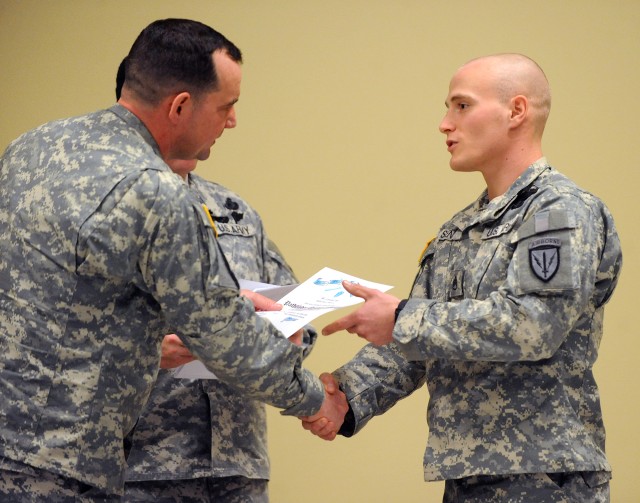
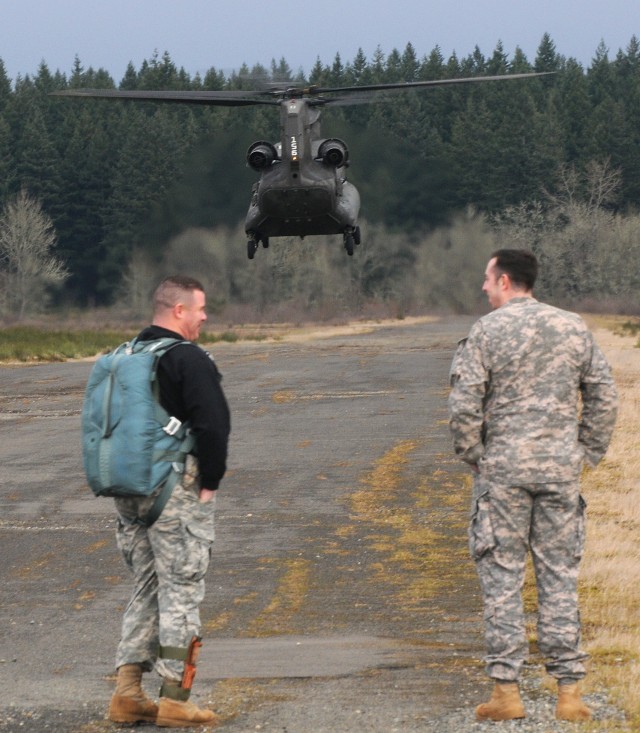
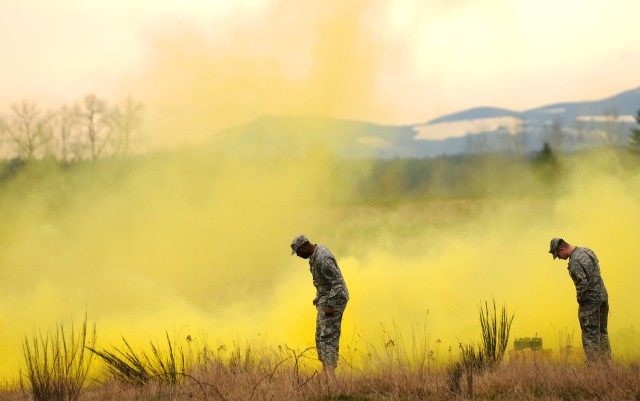
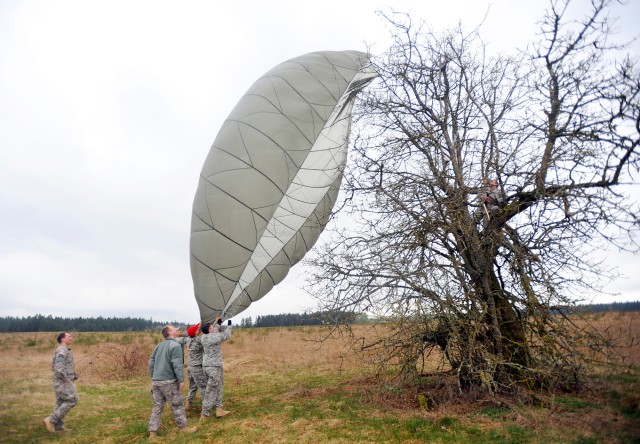
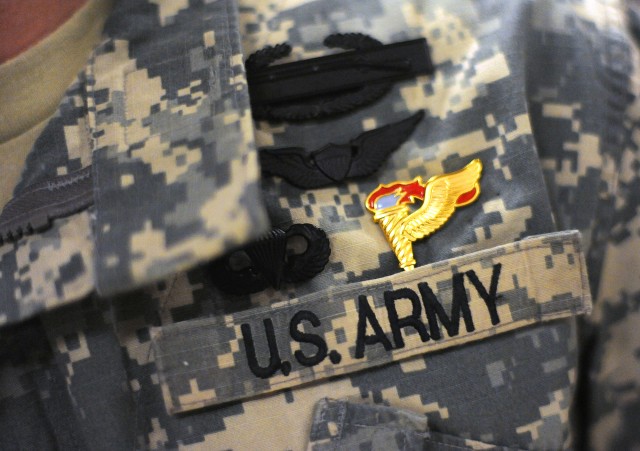
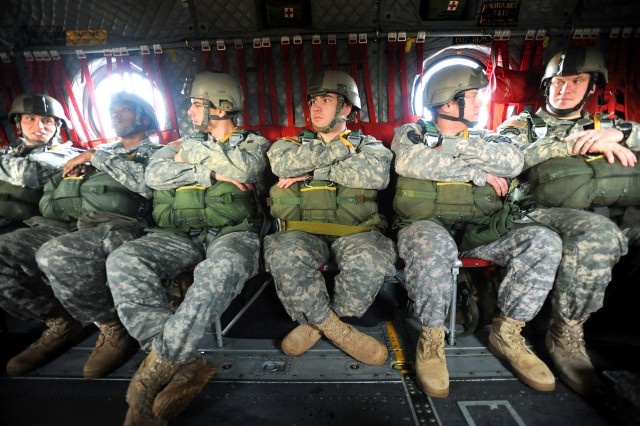
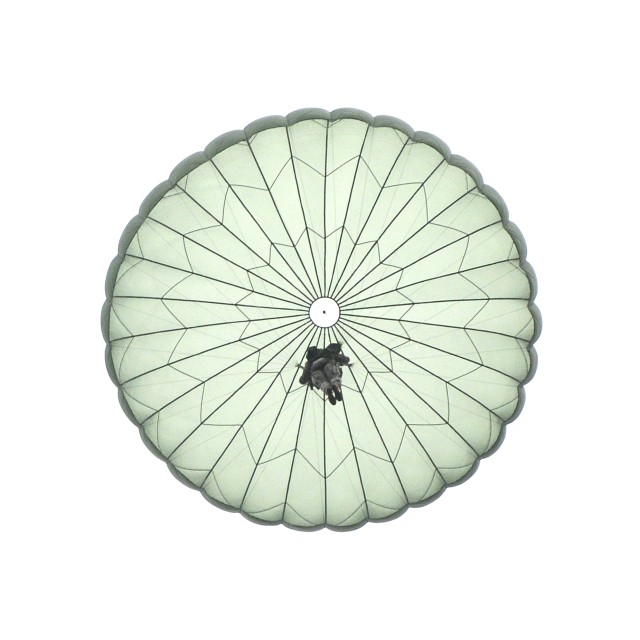
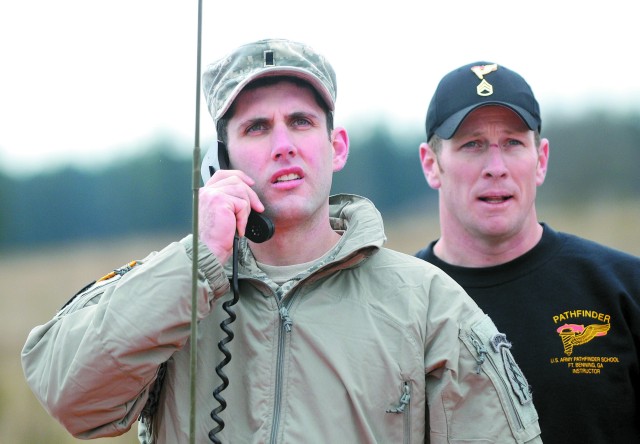
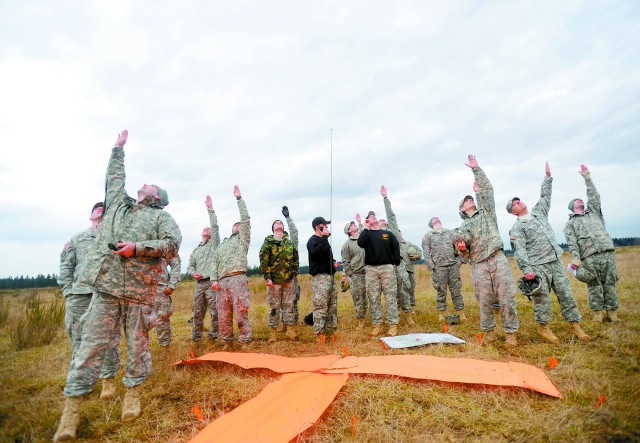
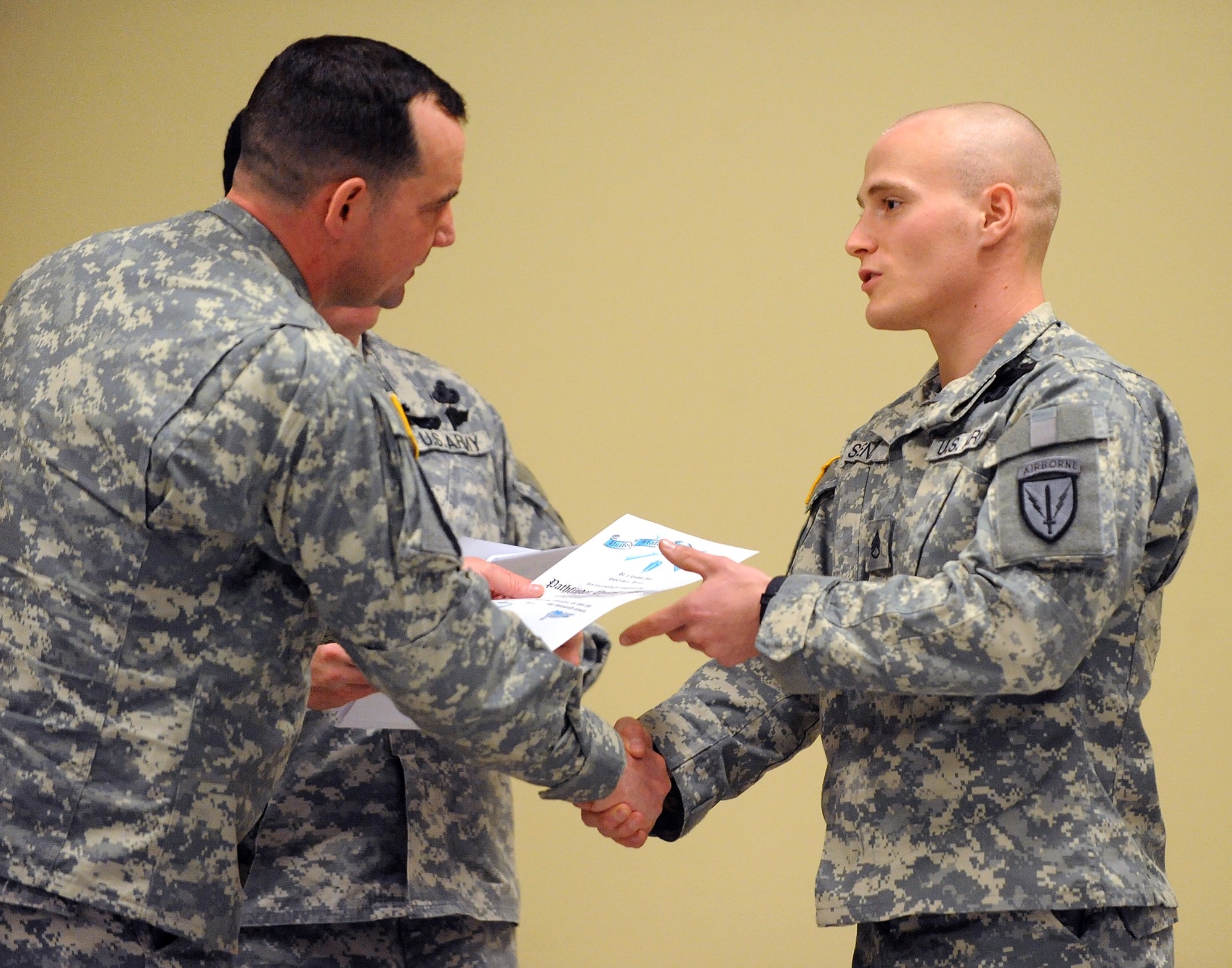
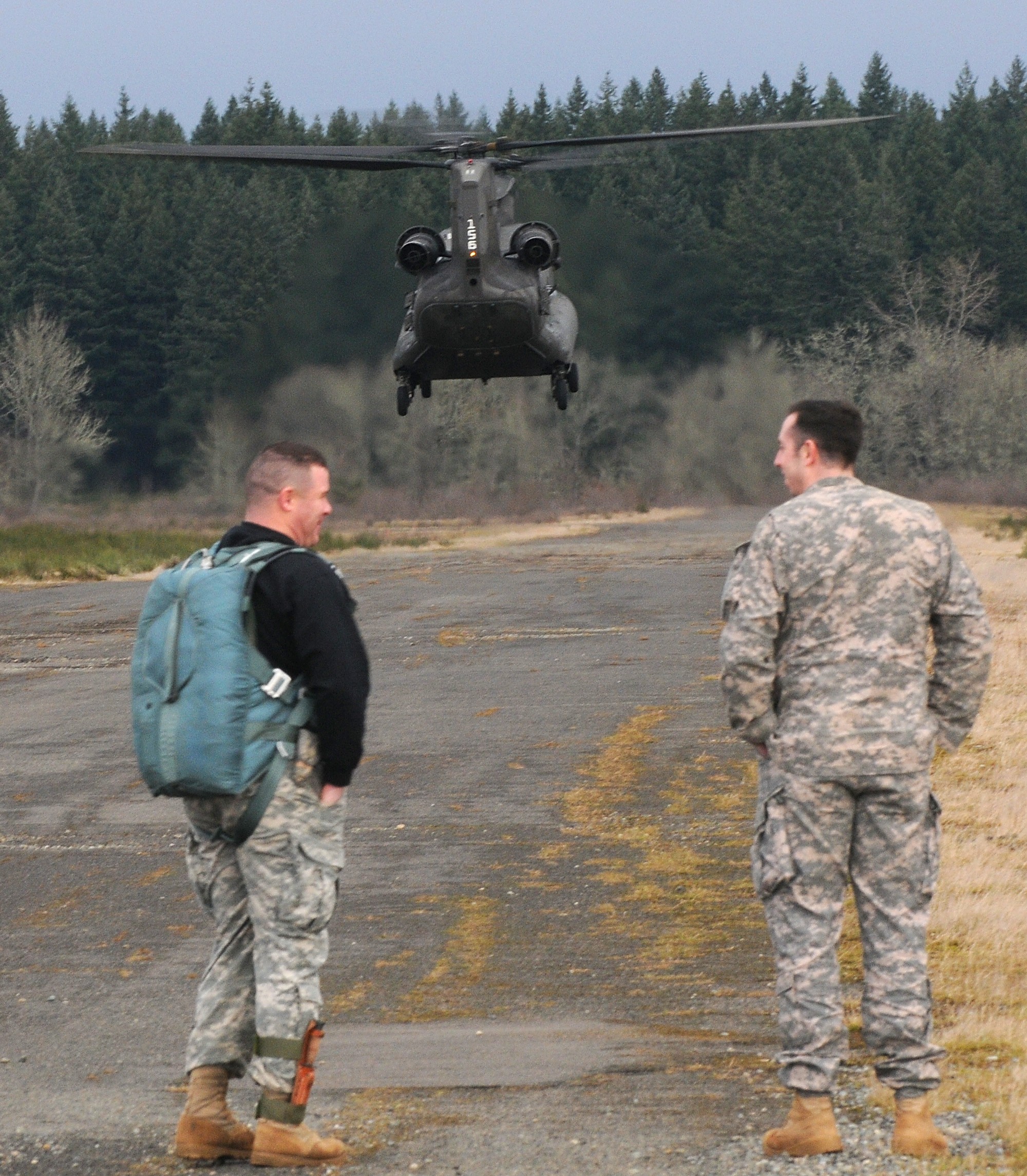
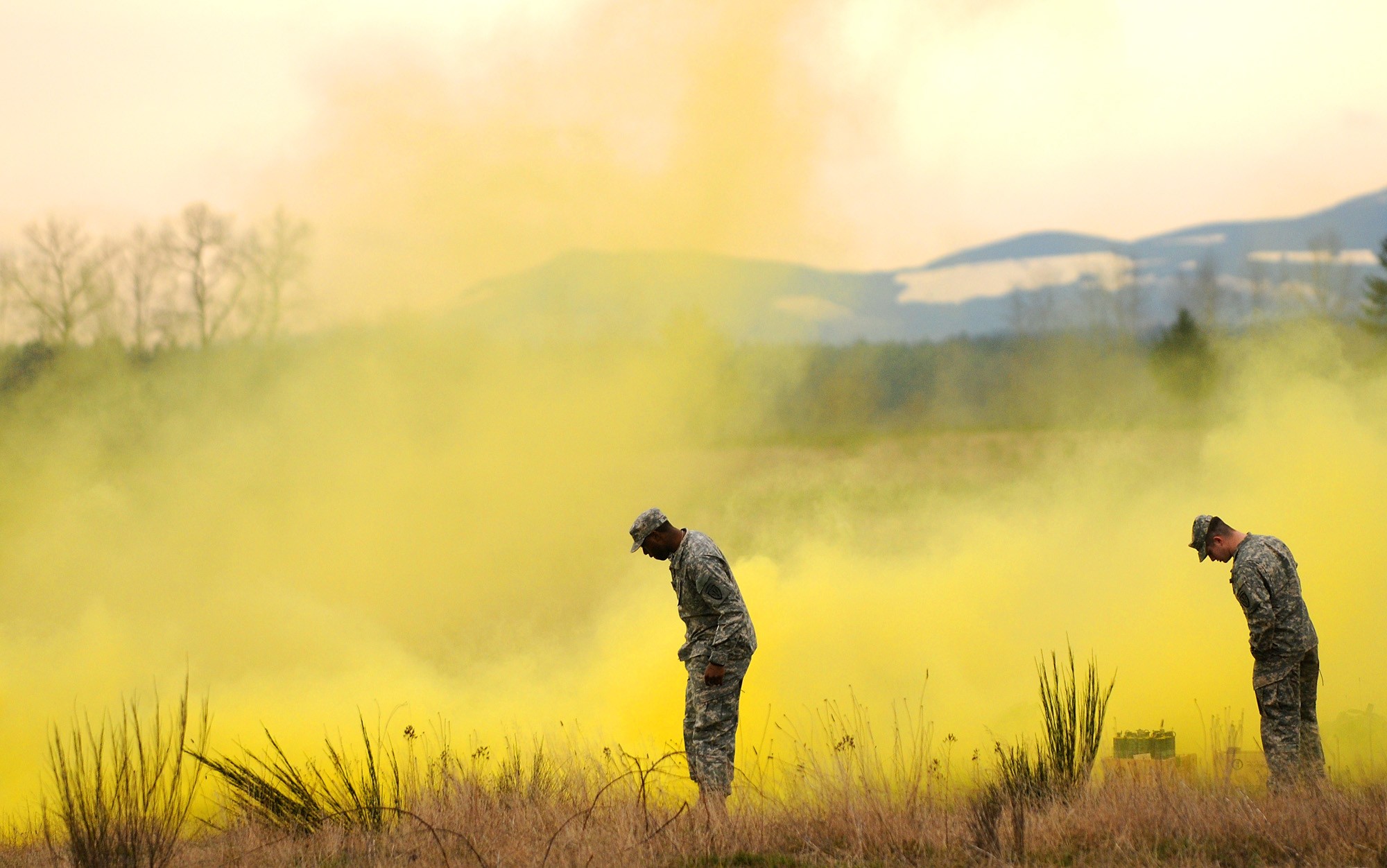



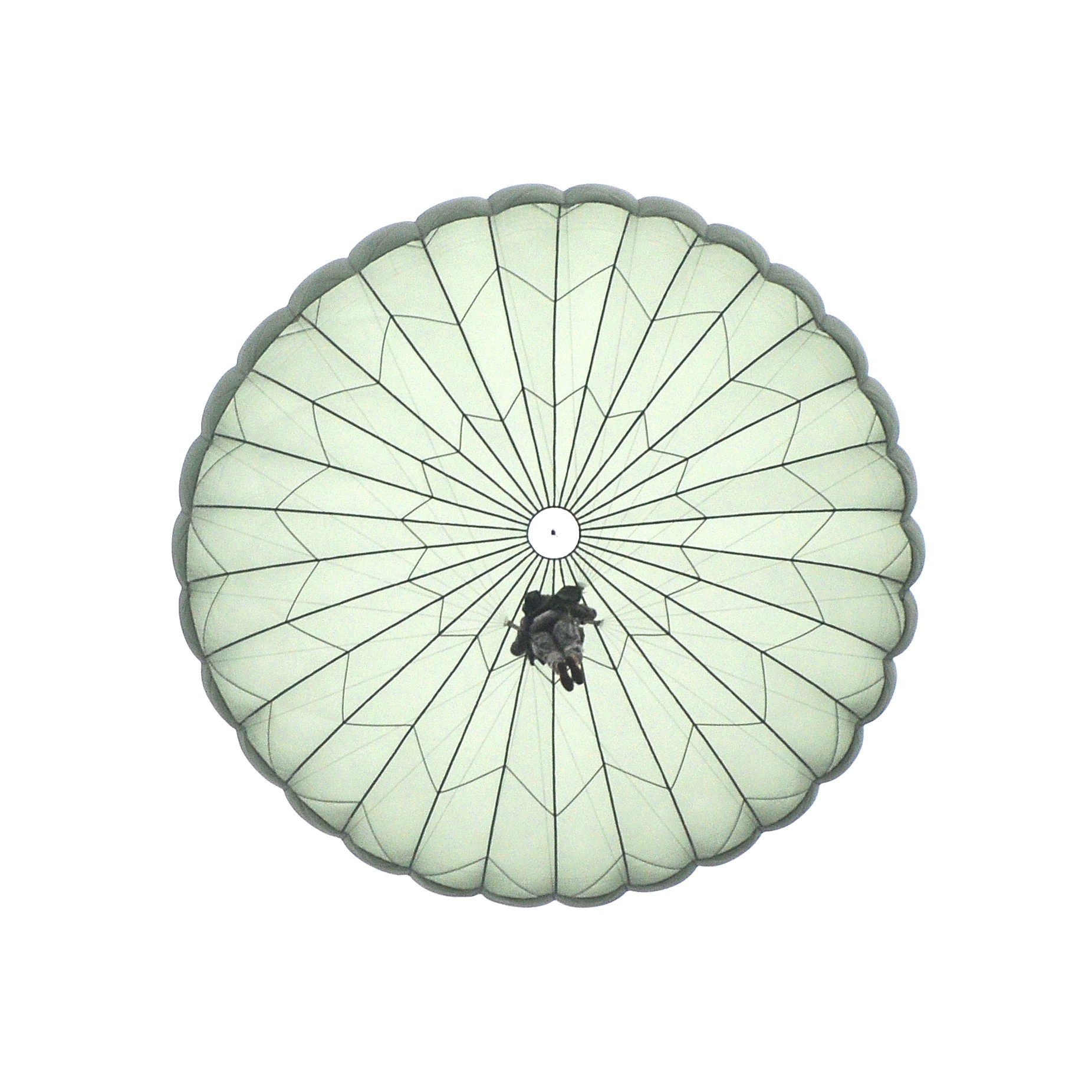


Social Sharing